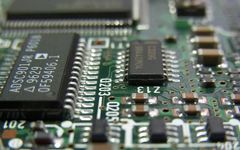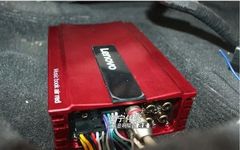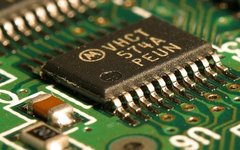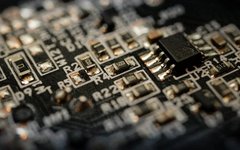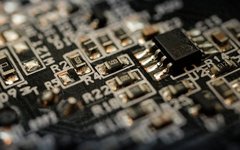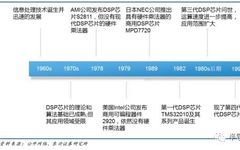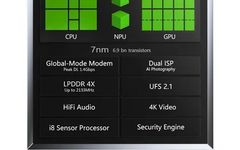Introduction to Noise Reduction Techniques in DSP Systems
With the emergence of high-speed DSP (Digital Signal Processors) and peripherals, new product designers face an increasingly severe threat from electromagnetic interference (EMI). Initially, the issues of transmission and interference were referred to as EMI or RFI (Radio Frequency Interference). Now, a more definitive term, “interference compatibility,” is used instead. Electromagnetic compatibility (EMC) encompasses both … Read more

